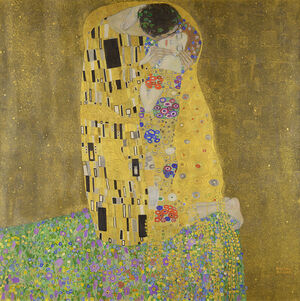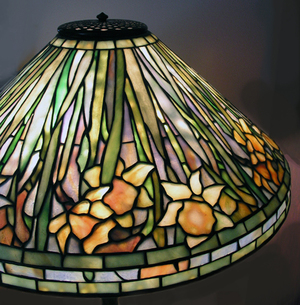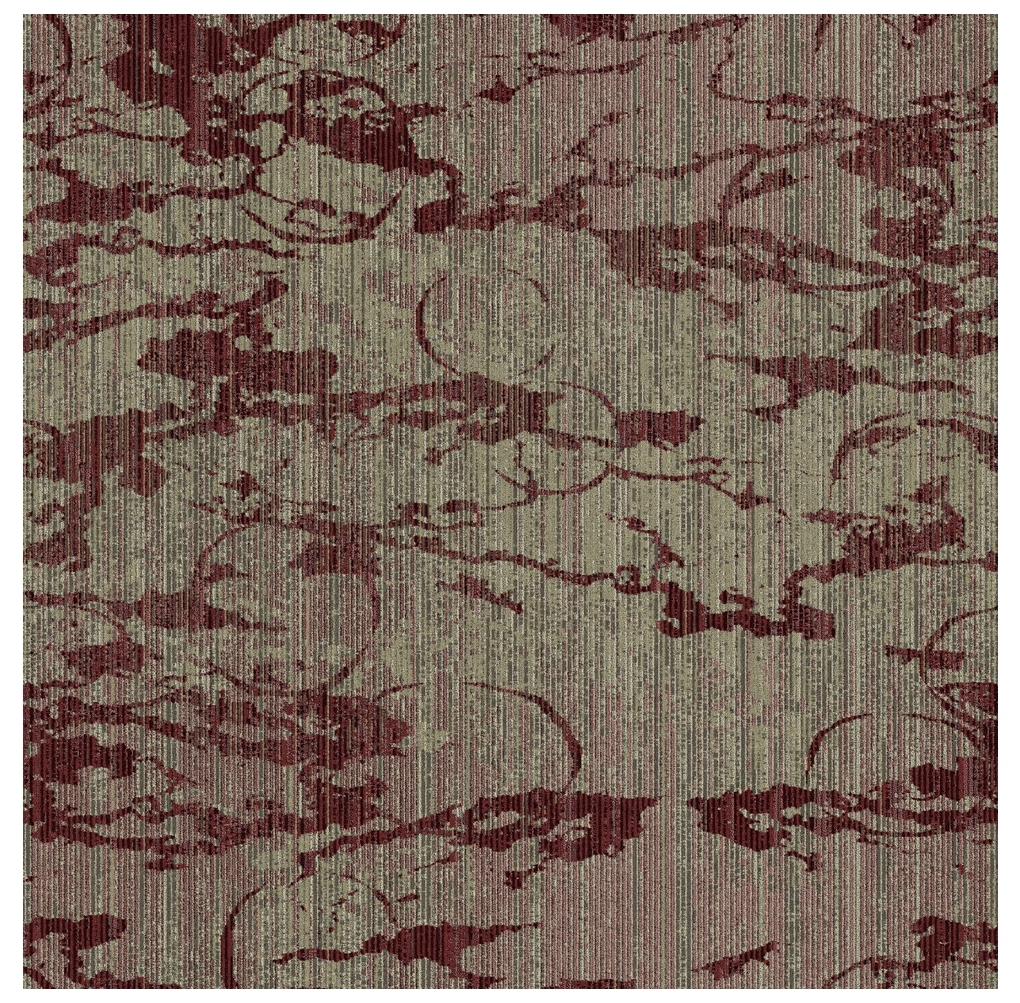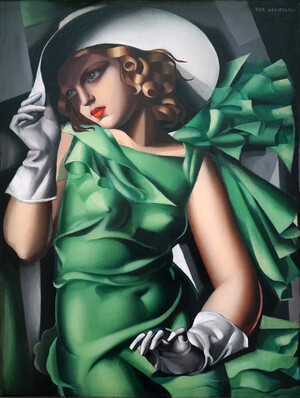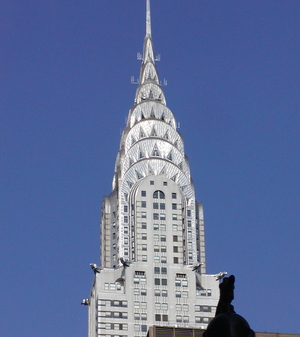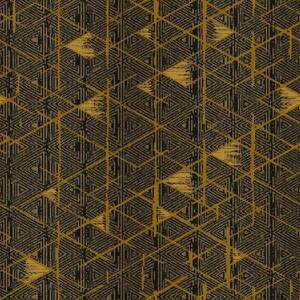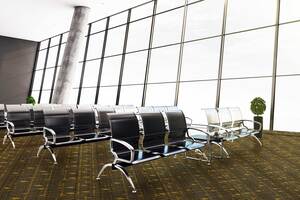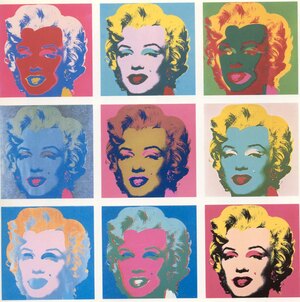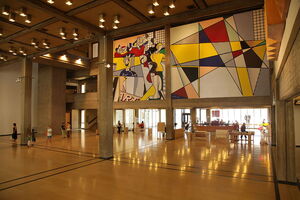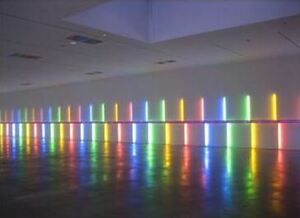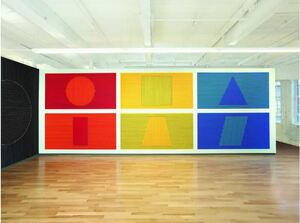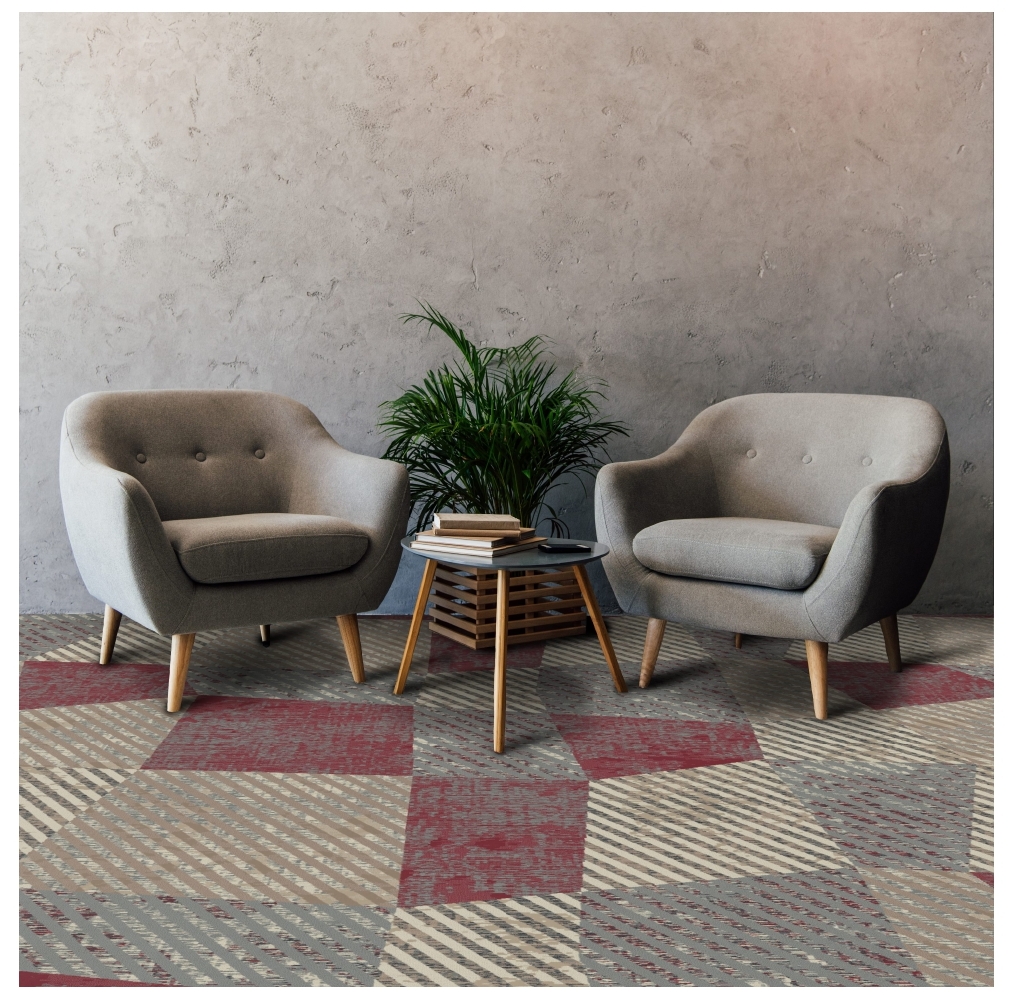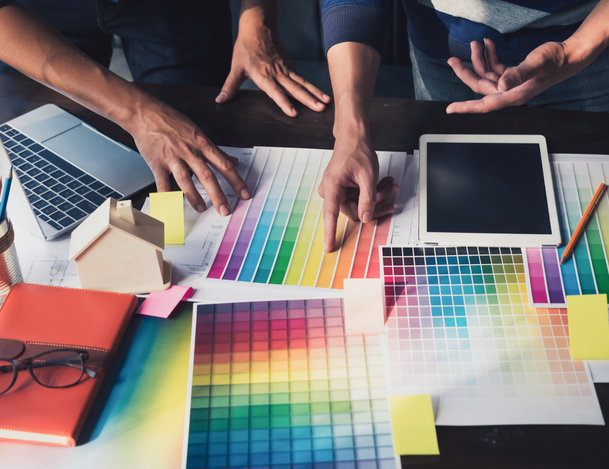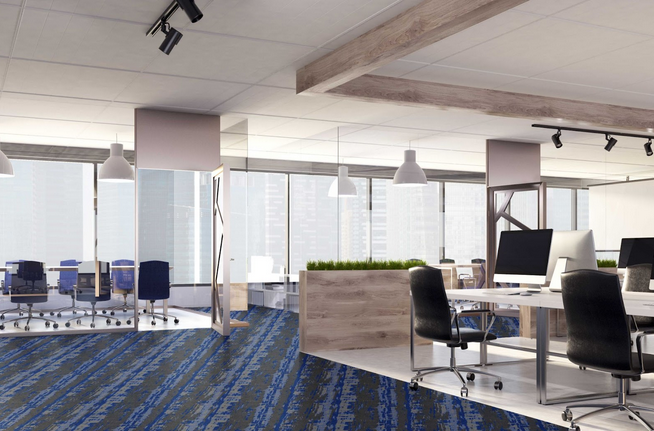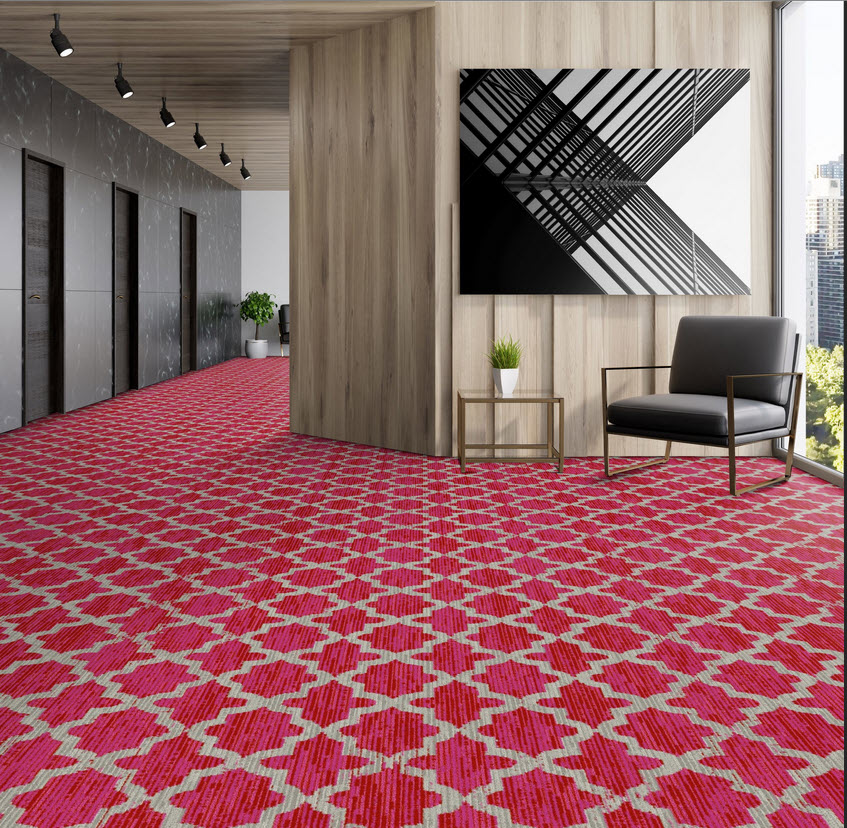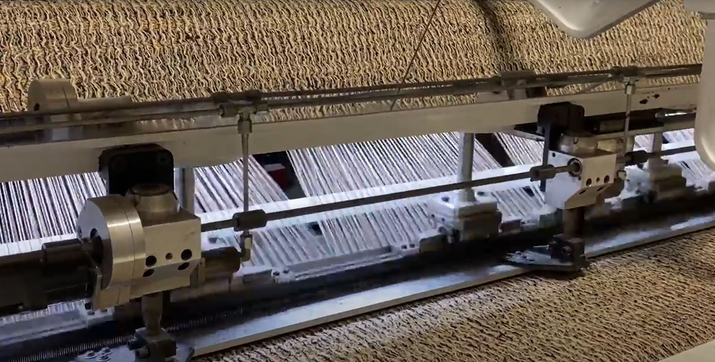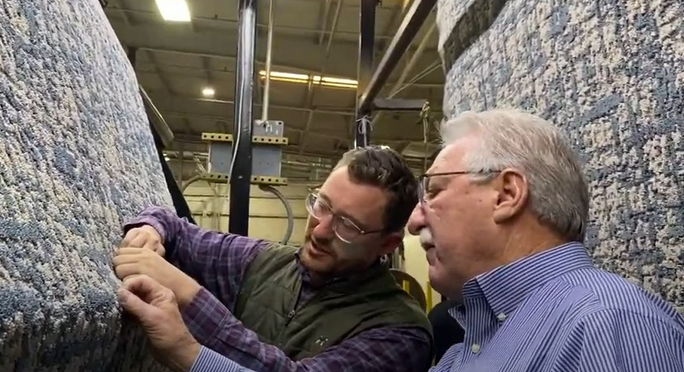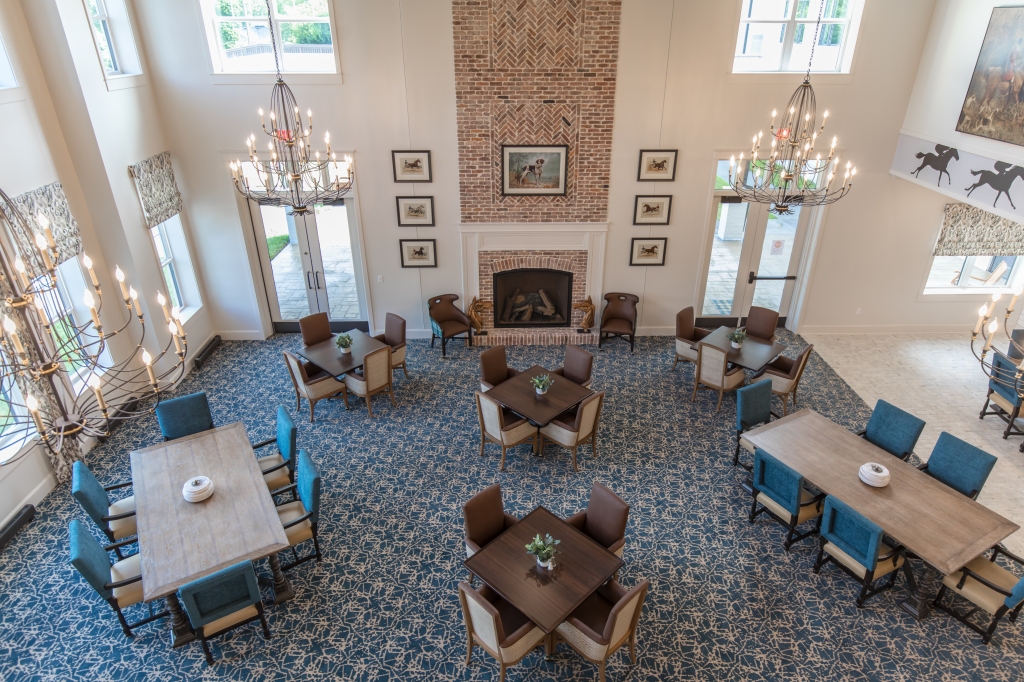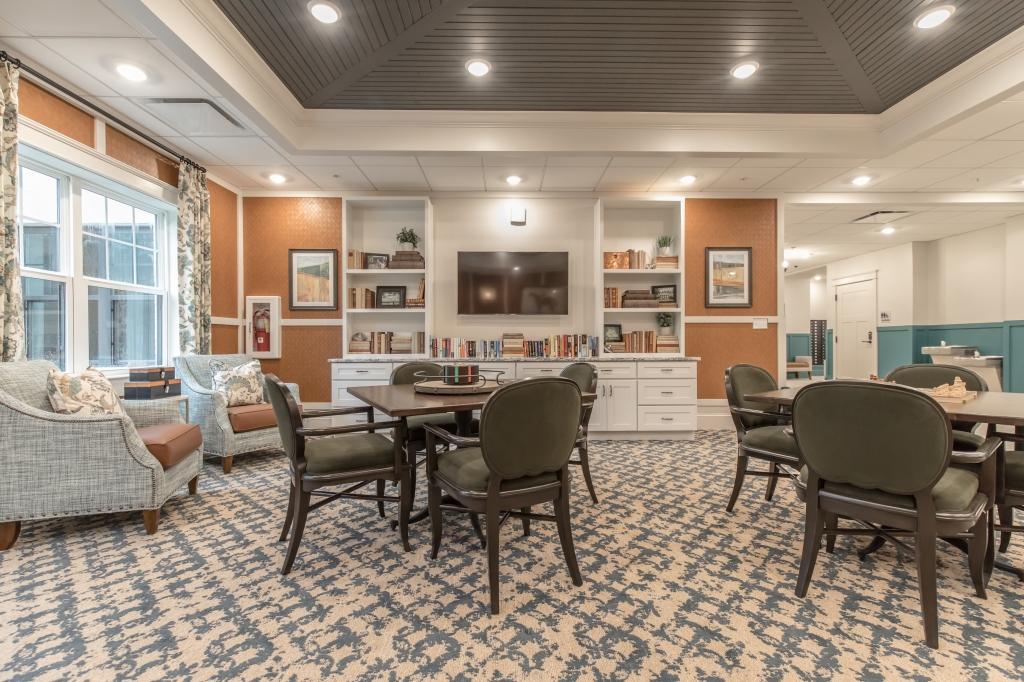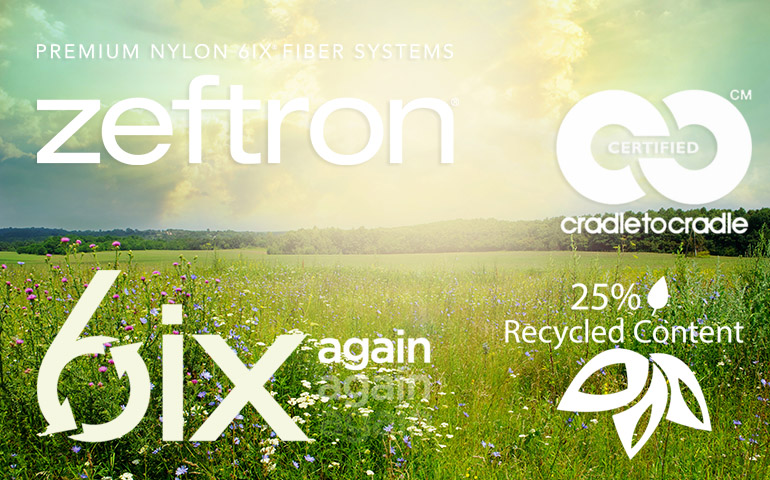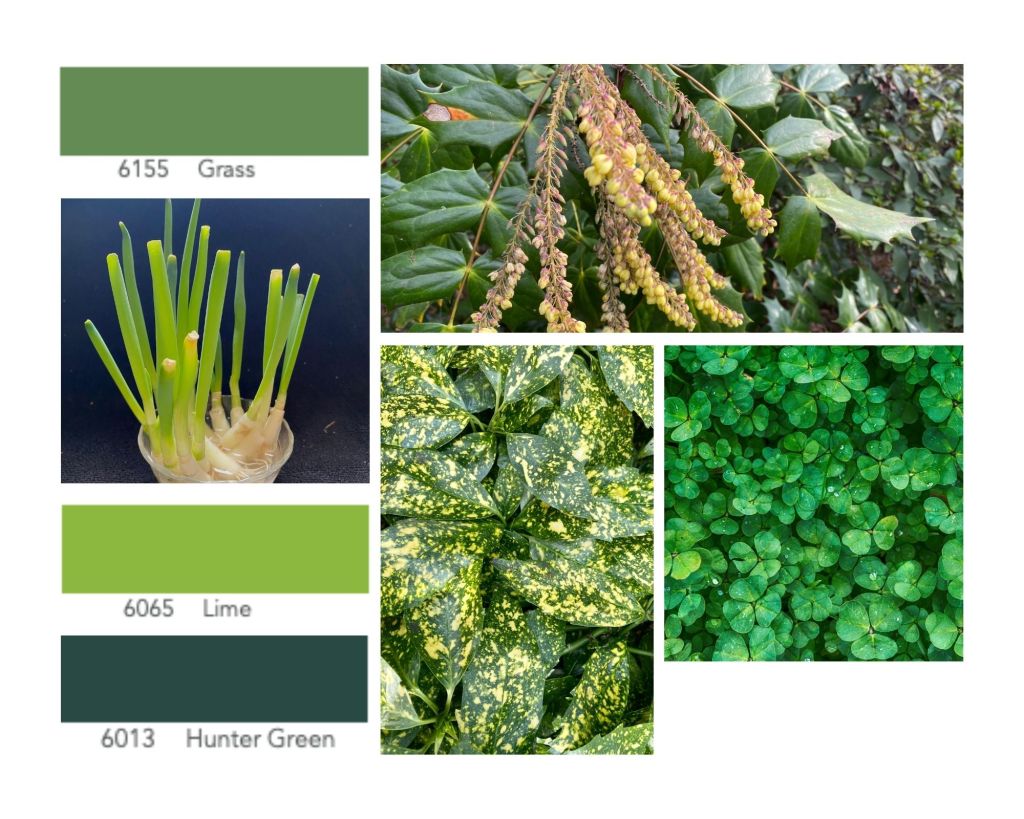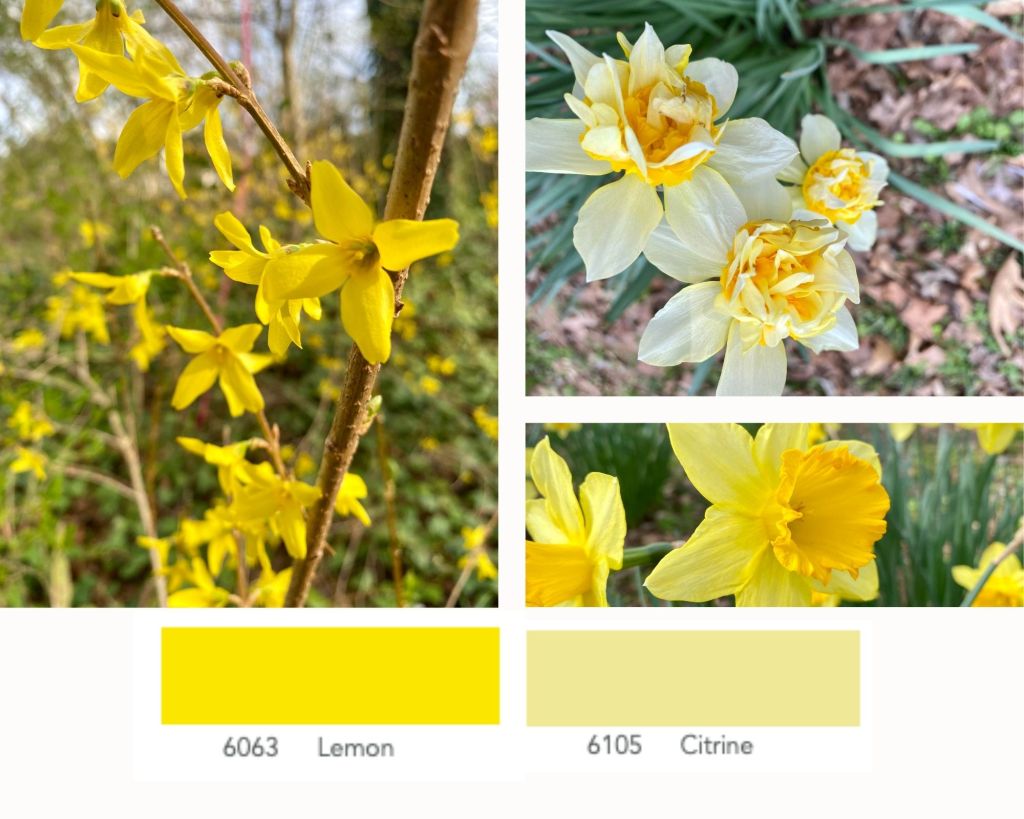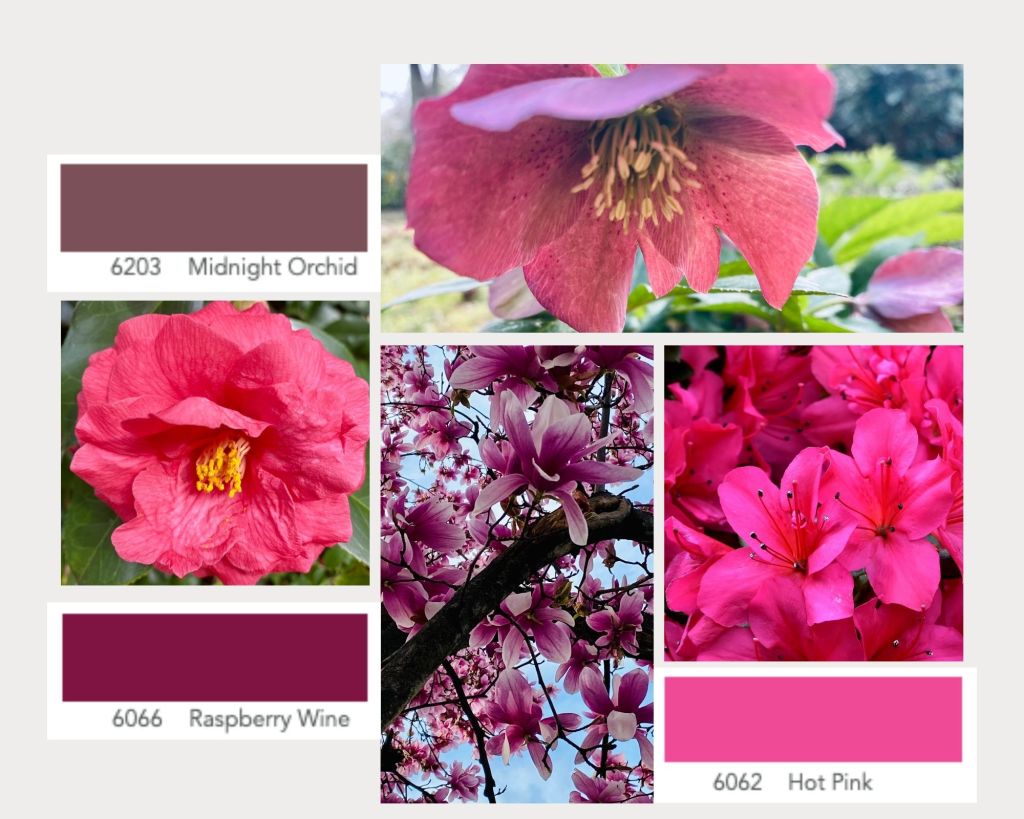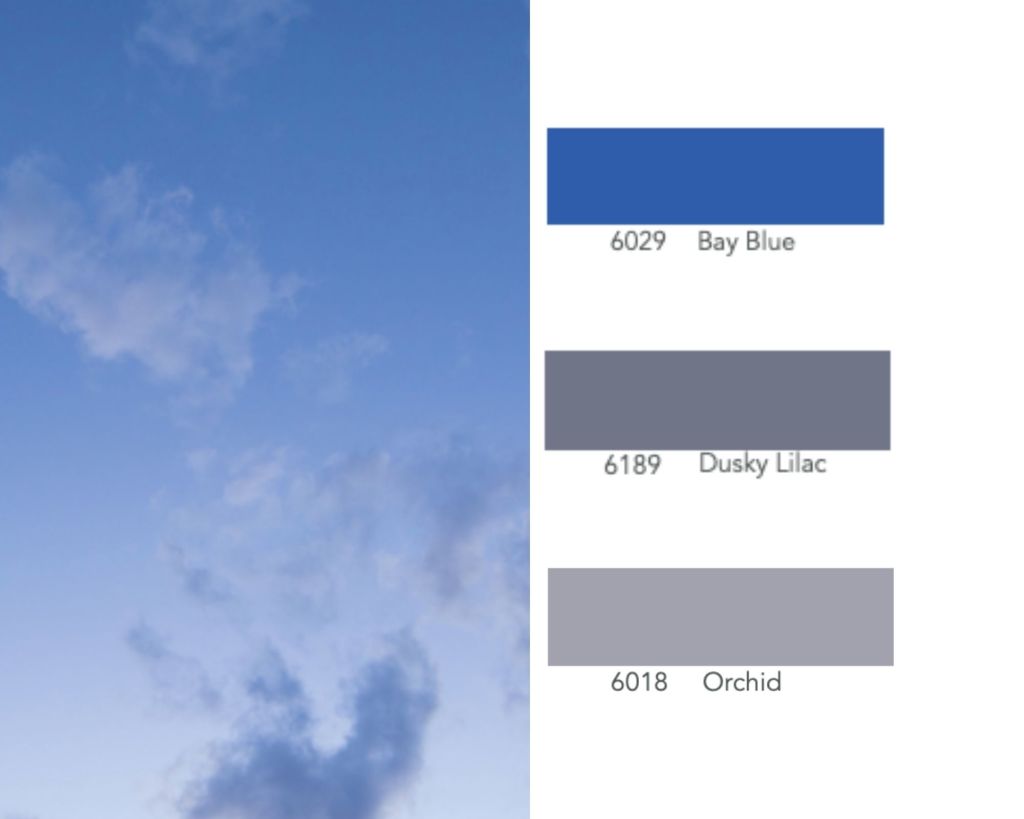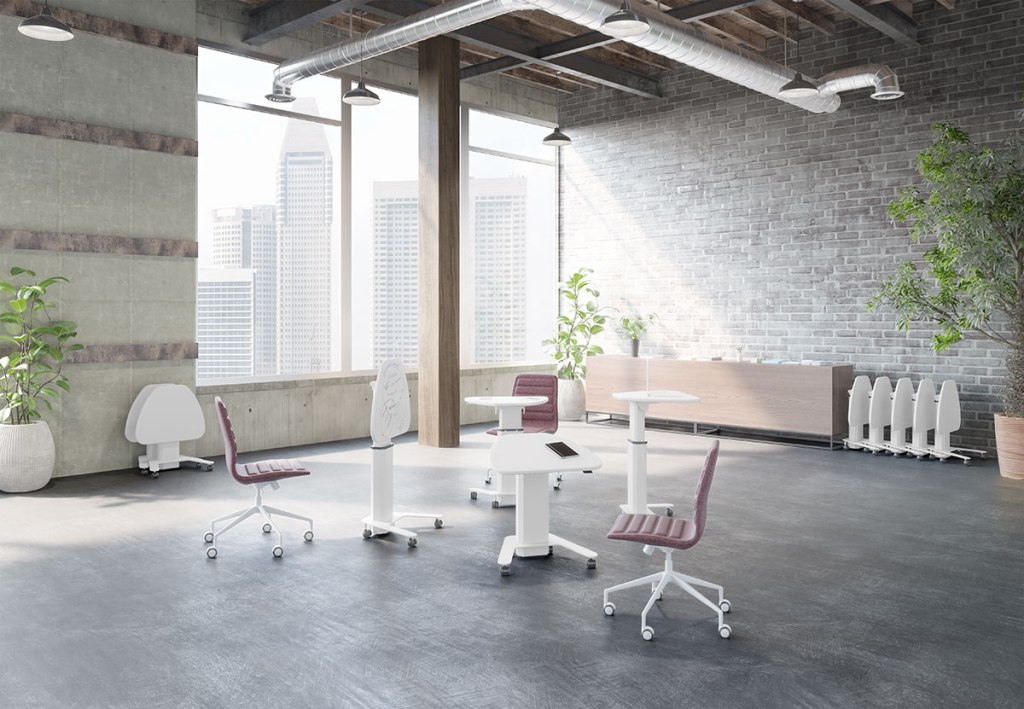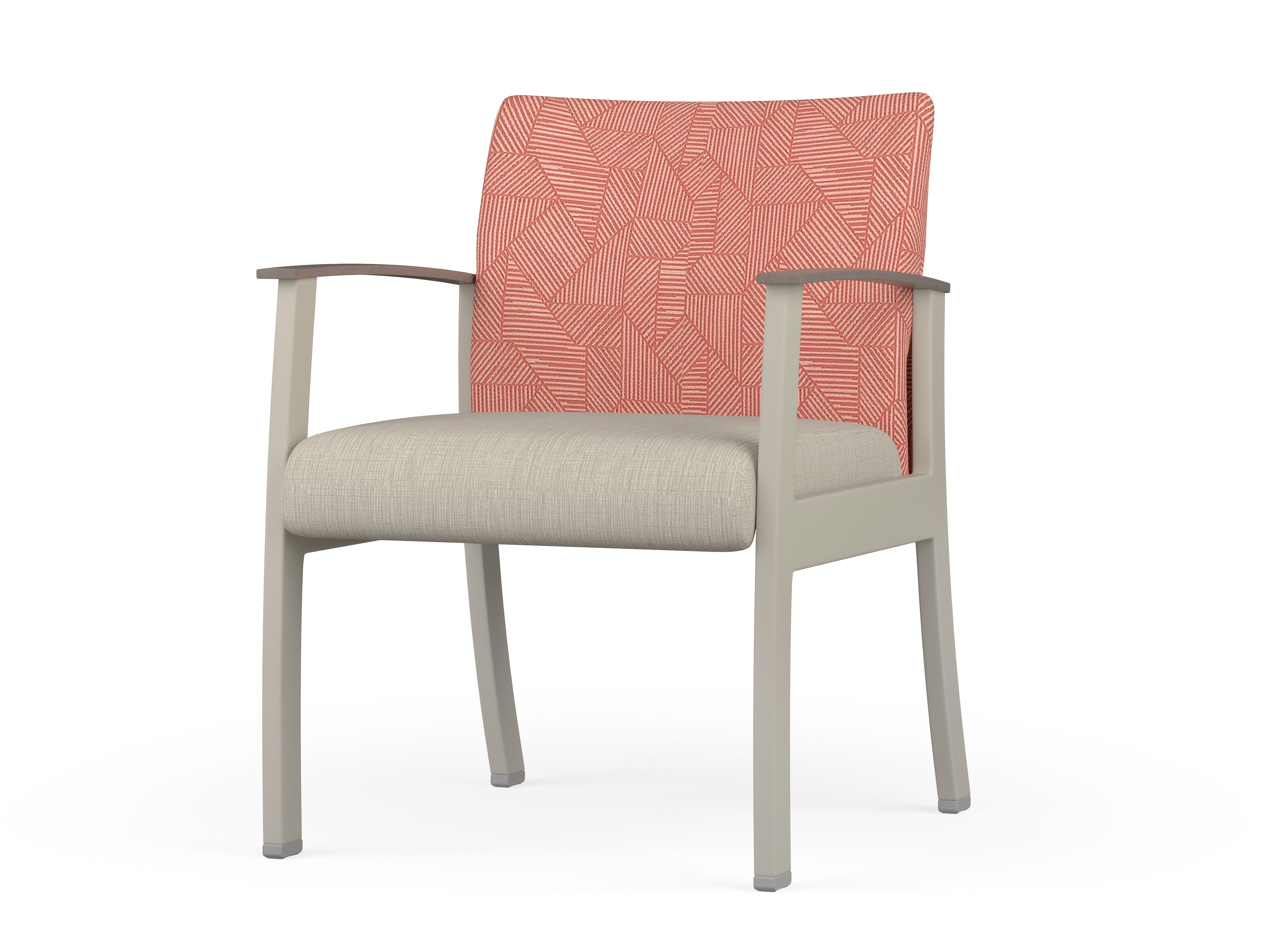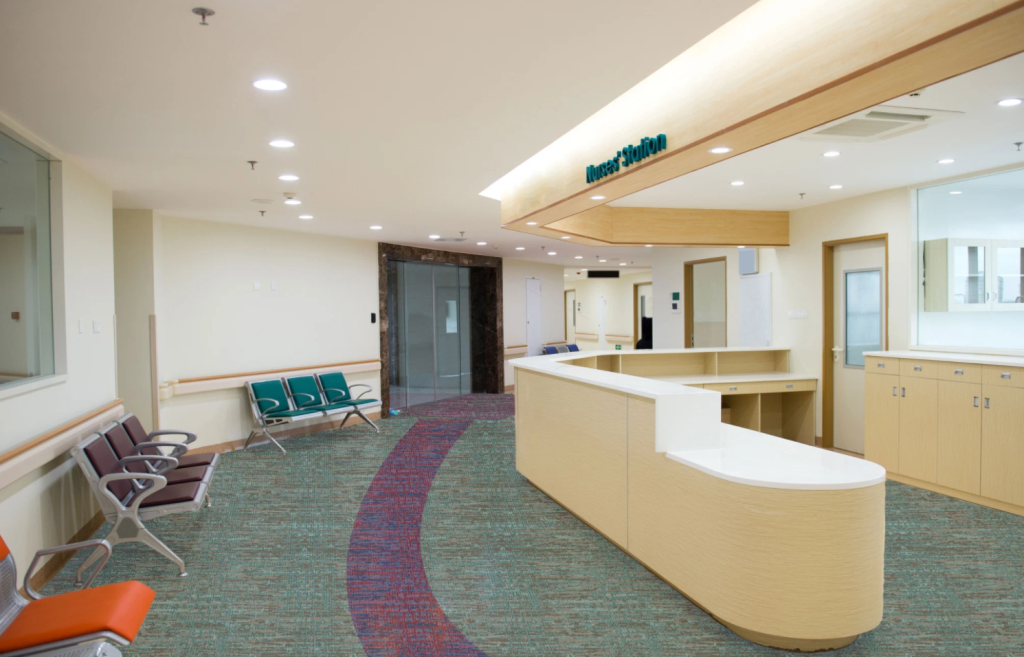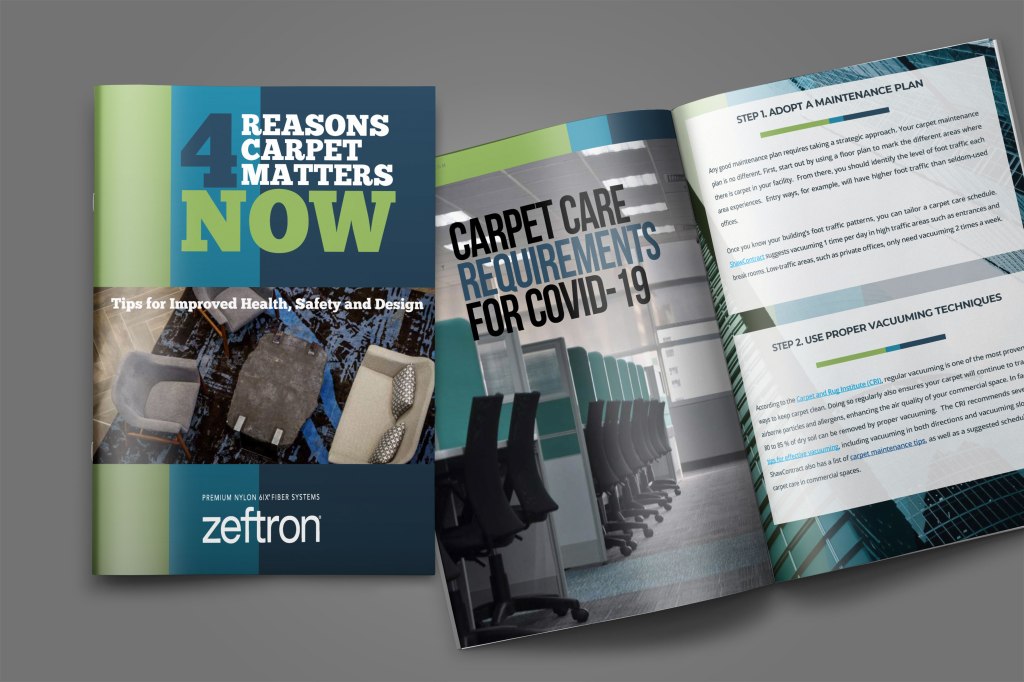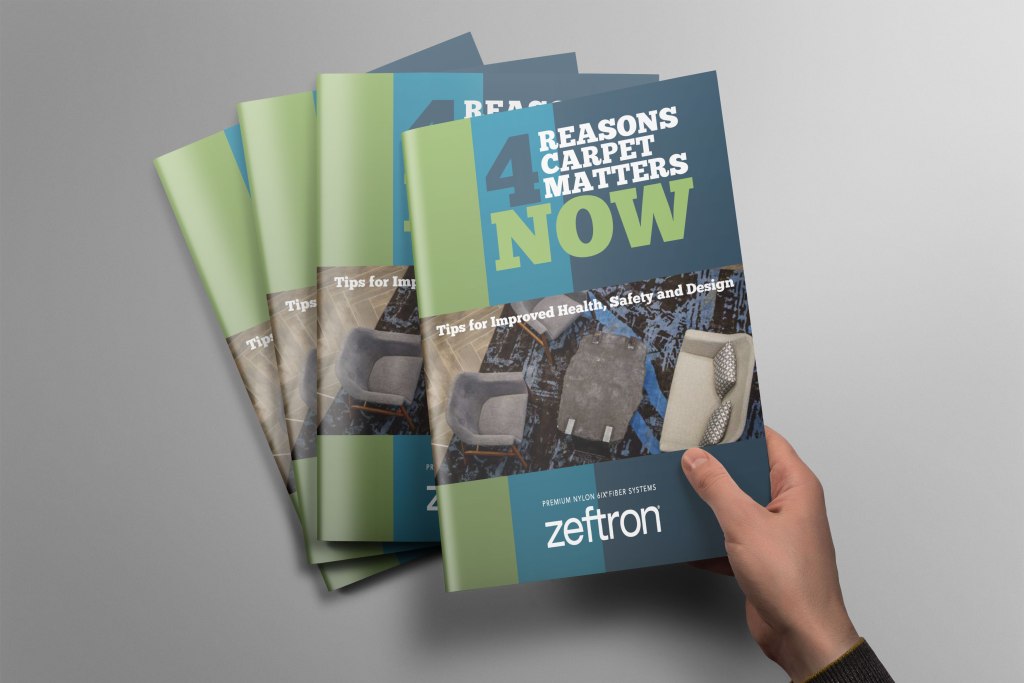High school may be a distant memory for most of us. But at some point, we were likely all taught about the Periodic Table of Elements. You may recall the table is an ingenious system for organizing all 118 known chemical elements. These elements are the building blocks that make up all matter. And matter, of course, is everything that takes up space in the universe. These elements range from gasses such as hydrogen and helium to metals such as gold and silver.
The Periodic Table of Elements is one of the most significant achievements in science. Researchers and scientists use the table to develop new products, create new material innovations, and perform myriad other tasks.
Most of us go through our daily lives unaware or not thinking about these vital building blocks. And yet, they are essential to the world we live in and the world we create.
The same can also be said about commercial carpet. Like the physical world around us, we only see the finished product, never the elements that make up those products. When it comes to commercial carpet, its most essential element is nylon. A carpet’s nylon is the ingredient that most affects its long-lasting performance and durability. It is also the essential element for creating a carpet’s stylish look and beautiful aesthetic.
Only one commercial nylon – Zeftron nylon – offers all the style, performance and sustainability requirements designers need for their demanding projects today.
Style Matters
Nylon offers a wide range of style, texture and pattern options for carpets. It is available in various colors and can mimic the look and feel of natural fibers like wool. This versatility allows designers to choose a carpet that best suits their aesthetic preferences and complements their design.
Zeftron nylon is solution-dyed, meaning it adds its color using high-quality pigments during the nylon manufacturing process. This process is an integral part of Zeftron’s brand and equates to superior colorfastness, characteristics and color retention compared to “white yarn“ (uncolored nylon that has its color added later).
In particular. hospitality environments are synonymous with sophisticated, high-styled carpet made with bright, vivid colors and multiple textures. A solution-dyed nylon with a color pallet that provides a wide variety of rich and lustrous color offerings can help designers achieve these challenging styling requirements. Zeftron’s 121 proven and solution-dyed colors are the building blocks of any great design, and many of our colors have been developed directly from designer input.
Power of Performance
Nylon is a highly durable fiber, suitable for high-traffic areas like airports and hotel lobbies. Nylon carpets can withstand these high volumes without showing significant signs of wear and tear and have a longer lifespan compared to other carpet materials.
Another essential element of nylon is its excellent stain resistance. It is a highly absorbent fiber and can be protected with stain treatments to prevent spills from seeping deep into the fibers and leaving stains. This stain-resistant feature helps maintain the carpet’s appearance and makes it easier to clean and maintain over time.
Because the carpet you custom design or specify says a lot about you and the space, selecting a nylon-like Zeftron with a proven history backed by third-party warranties for such critical things as lifetime color retention and performance is a good idea.
Sustainable Impact
Zeftron nylon also offers industry-leading environmental attributes. Every Zeftron color contains at least 25 percent recycled content, and Zeftron nylon – unlike others – is 100% recyclable. That’s why we are Cradle to Cradle Silver Certified and why specifying carpet made with Zeftron can contribute to LEED credits. On top of this, our 6ix Again Carpet Recycling Program goes the extra mile by taking used carpet, extracting the nylon and using it in new commercial carpet products. For unsalvageable waste, we divert it in an environmentally friendly way by sending it to waste-to-energy.
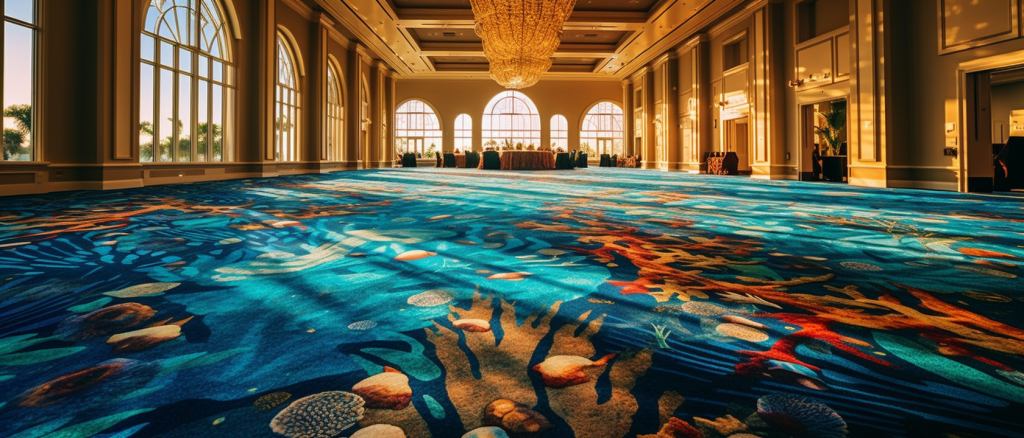
Zeftron Nylon: A Designer’s Essential Element
Designers play an essential role in creating a more beautiful, functional and sustainable world, and Zeftron nylon is an essential element for commercial carpet products that helps designers in this mission.
We invite you to explore Zeftron nylon and how we can help you with your design projects. And don’t forget to get some Zeftron swag here. Whether water, coffee or something else is your essential liquid for the day, keep your drink handy with a Zeftron-branded mug or tumbler!


